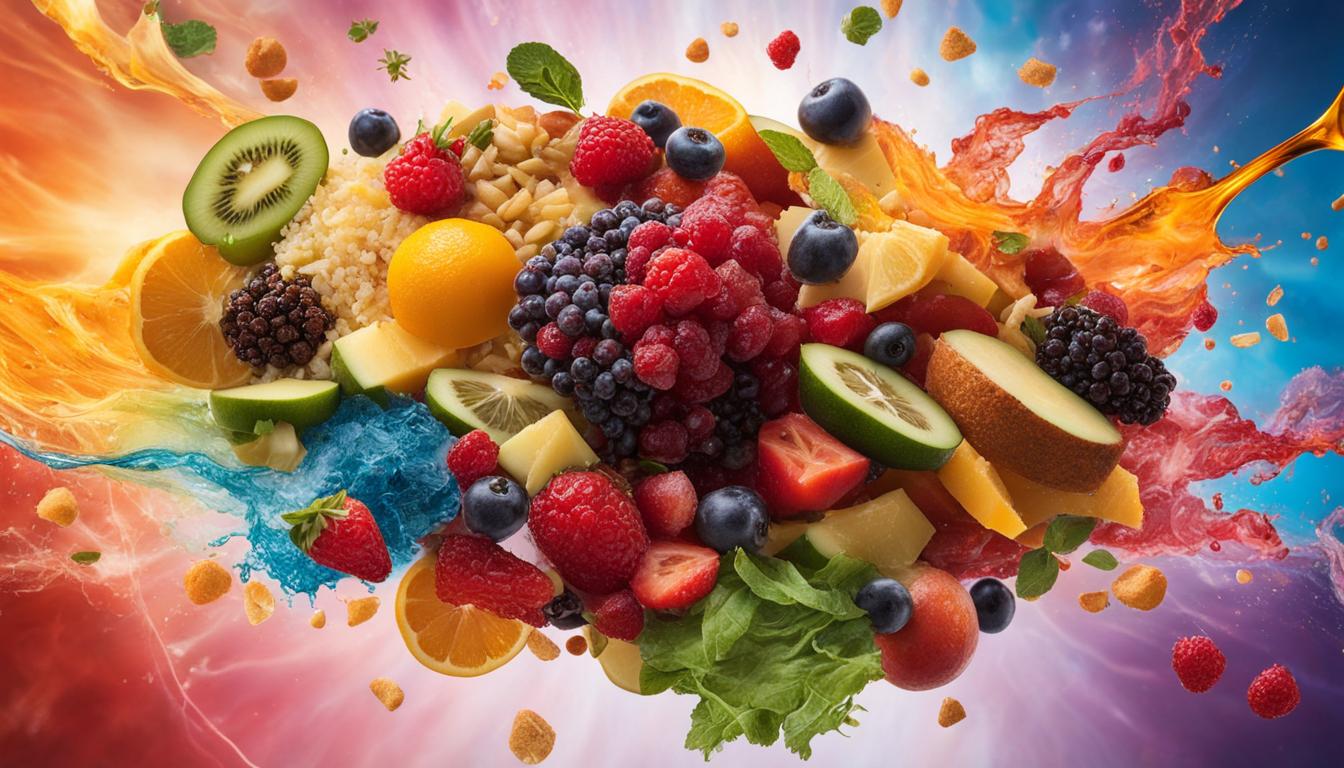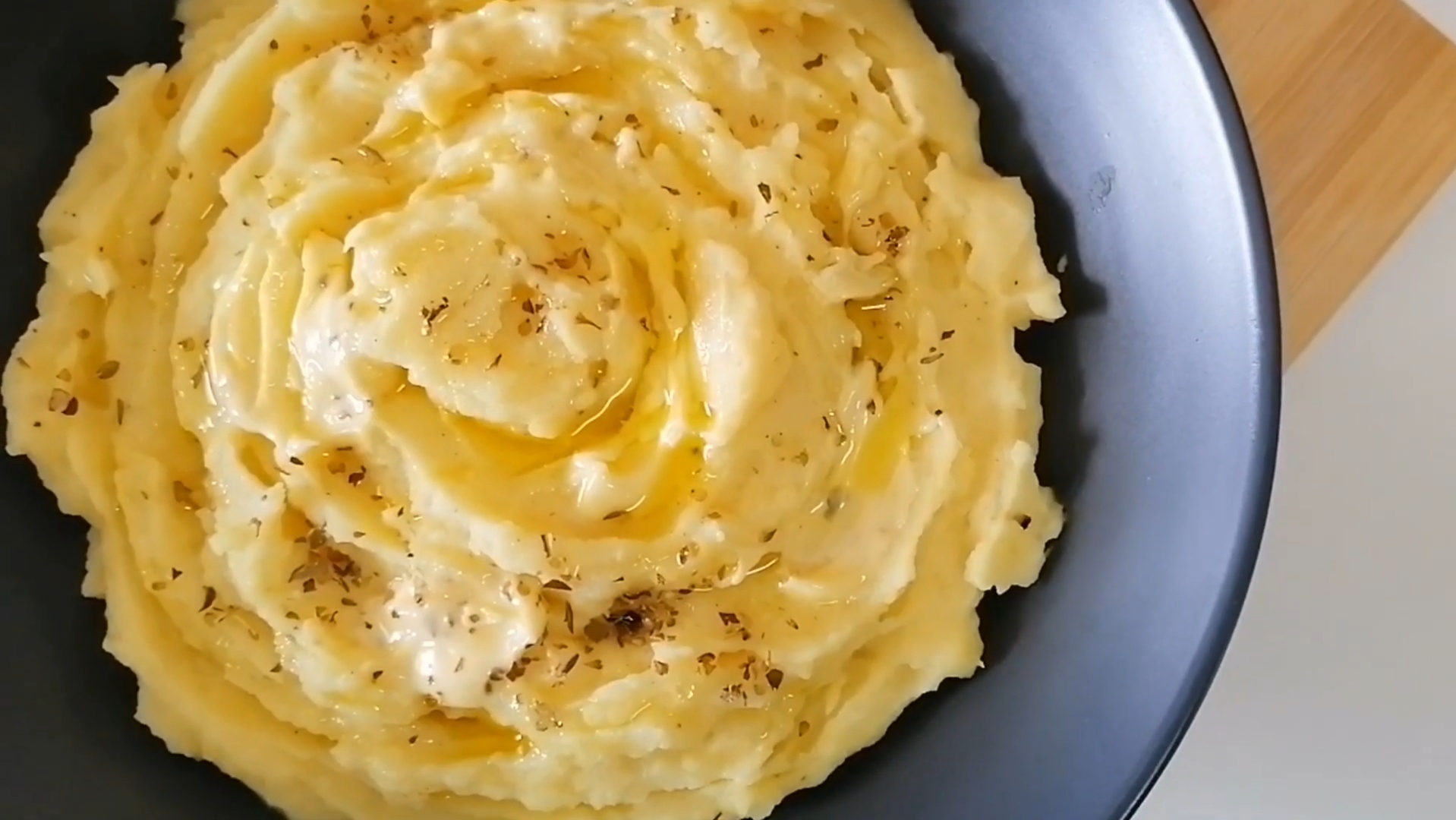The Science of Taste: Understanding Flavor Perception and Culinary Pairing
Welcome to the delicious world of taste! Have you ever wondered why certain foods just seem to dance on your palate while others fall flat? Or how do chefs create those mind-blowing flavour combinations that leave you craving for more? Well, my friends, it's all about the science of taste – a fascinating realm where flavours, aromas, and textures converge to create culinary magic.
Let's embark on a journey through the intricate labyrinth of taste perception and culinary pairing, where we'll uncover the secrets behind our sensory experiences and explore how understanding the science behind taste can elevate your culinary adventures to new heights.
What is the Science of Taste?
First things first, let's define our terms. The science of taste, also known as gestation, is the study of how we perceive flavours. It goes beyond just the basic sensations of sweet, salty, sour, and bitter, delving into the complex interplay of taste buds, aroma molecules, and brain signals that ultimately shape our culinary experiences.
But taste is not just about what happens on our tongue; it's a multisensory journey that involves our sense of smell, touch, and even sight. The aroma of freshly baked bread, the crunch of a perfectly caramelized crust, the vibrant colours of a summer salad – all these elements work together to create the symphony of flavours that we savour with every bite.
Key Aspects of Taste Perception
Now that we've set the stage, let's dive into the nitty-gritty of taste perception. Our taste buds, those tiny receptors scattered across our tongue, play a crucial role in detecting different flavour molecules. But here's the kicker – taste buds can only detect basic tastes like sweet, salty, sour, bitter, and umami (the savoury taste found in foods like cheese and mushrooms).
So how do we perceive the myriad of flavors that tantalize our taste buds? Enter the olfactory system, aka our sense of smell. While taste buds detect basic tastes, it's our nose that picks up on the subtle nuances of aroma molecules, sending signals to our brain that help us identify flavours like strawberries, coffee, or grilled steak.
But wait, there's more! Texture also plays a significant role in taste perception. The crunch of a potato chip, the velvety smoothness of chocolate, the creamy richness of a risotto – these tactile sensations add another dimension to our culinary experiences, influencing how we perceive flavours and enjoy our food.
The Art of Culinary Pairing
Now that we've got the basics down, let's talk about culinary pairing – the art of combining flavours to create harmonious and unforgettable taste experiences. Whether you're a professional chef or a home cook experimenting in the kitchen, understanding the principles of flavour pairing can take your dishes from good to gourmet.
One of the fundamental principles of culinary pairing is the concept of flavour balance. Just like a well-composed piece of music, a great dish should have a harmonious balance of sweet, salty, sour, and bitter elements. Think of classic combinations like sweet and salty caramel, tangy citrus with rich seafood, or bitter dark chocolate paired with a fruity red wine – each pairing is carefully crafted to complement and enhance the flavours of the other.
But culinary pairing is not just about matching flavours; it's also about creating contrast and complexity. A touch of acidity can brighten up a rich, fatty dish, while a hint of sweetness can balance out the heat of spicy cuisine. And let's not forget about the magical pairing of food and wine – a match made in culinary heaven that can elevate your dining experience to new heights.
Relevance of the Science of Taste
You might be thinking, "This all sounds fascinating, but why does it matter?" Well, my friends, the science of taste is more than just a fun fact to impress your dinner guests – it's a powerful tool that can enhance our appreciation of food, improve our cooking skills, and even impact our health and well-being.
Understanding how we perceive flavours can help us make healthier food choices by opting for nutritious options that still pack a flavorful punch. It can also empower us to experiment with new ingredients and cooking techniques, expanding our culinary repertoire and adding excitement to our meals.
Moreover, the science of taste has practical applications beyond the kitchen. Food scientists use taste perception research to develop new products, while marketers leverage flavour psychology to create irresistible food advertisements. And let's not forget about the burgeoning field of molecular gastronomy, where chefs use cutting-edge techniques to manipulate flavours and textures in mind-bending ways.






Comments
Post a Comment